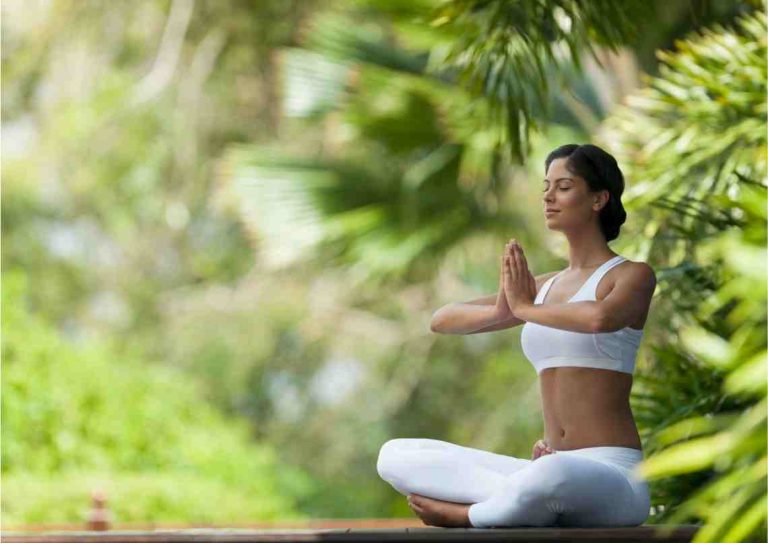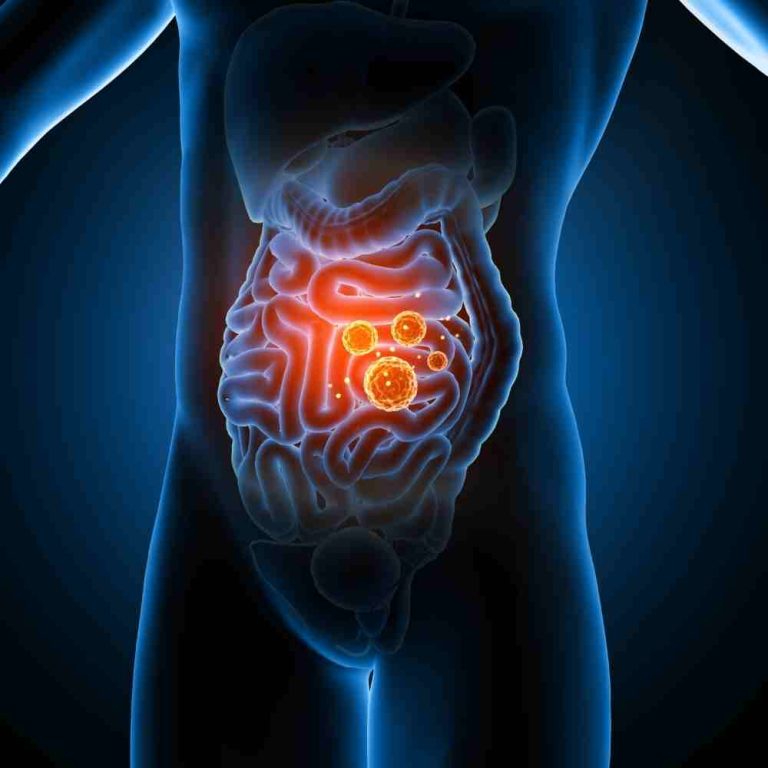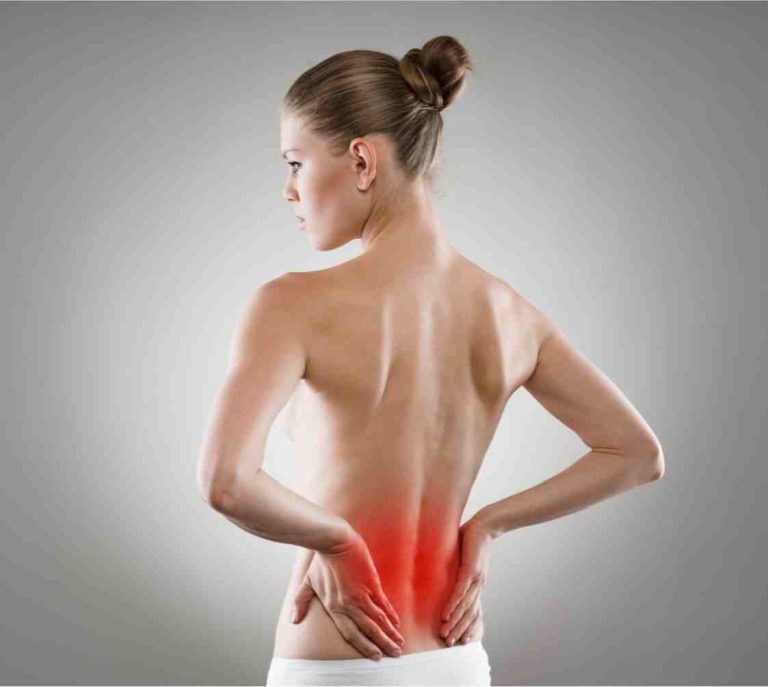
Table of Contents
Rasayana Chikitsa in Ayurveda
Ayurveda has an important role to play in the treatment of health and disease. The Rasayana Chikitsa in Ayurveda aims to restore the body’s natural balance and provides a long and healthy life. In Rasayana Chikitsa in Ayurveda is one of eight elite branches of Ayurveda. It is a holistic system for treating age-related disorders or weakness due to diet, disease, regimens, trauma etc. In fact, it has even been dubbed the Ayurvedic Geriatric Care System. But how does it work? Read on to learn more about Rasayana Chikitsa in Ayurveda.
Introduction to Rasayana Treatment
The science of wellness and longevity is one of the core concepts in Ayurveda. The branch of medicine known as Rasayana Chikitsa in Ayurveda focuses on health maintenance and the prevention of illnesses. Its healing methods include diet – lifestyle, herbs, and exercise. Diet and lifestyle changes should be made based on the imbalance of the dosha system, Selection of medicines should be done based on the digestive fire, or Agni.
The prior importance of Rasayana Chikitsa in Ayurveda is to help patients who are weak. There are many reasons for becoming weak, mostly a healthy individual can become weak after getting afflicted by a disease, even due to unwholesome diet that he follows one can become weak. Performing activities beyond once capability and some life style changes like skipping sleep etc can make a person weak. Naturally with age also a person may become weak.
Rasayana Chikitsa in Ayurveda even addresses improving one’s health from tissue level like weakness of Body tissues including Bone degeneration, muscle wasting, Anemia, replenishes the bone marrow, improves the reproductive capacity, brings back nervine and skin tone. Overall it helps to impart more strength to the body.
In order to address these conditions with Rasayana Chikitsa both Internal Ayurvedic medicines and external Ayurvedic therapies will be recommended by an Ayurvedic expert. Panchakarma treatment protocols focus on improving circulation to the joints, detoxifying the body, and reducing inflammation in the joints. External Ayurvedic treatments removes harmful ama and aggravated doshas from the body along with cleansing the digestive system and the entire body. After Panchakarma treatment the digestive fire slowly starts to kindle up, further body becomes capable to assimilate nourishment from food.
Ayurveda focuses on achieving complete wellness. Its seven Dhatus – digestive, reproductive, mental, and emotional – are important components in health care. Through Rasayana Chikitsa you can look forward to a healthier, more energetic you. This ancient science helps you rejuvenate and live a long, happy, and healthy life.
Indications for Rasayana Chikitsa in Ayurveda
The term Rasayana Chikitsa in Ayurveda is synonymous with rebirth. This type of treatment revitalizes the body and removes the ill effects of previous disorders. It has many benefits for the body and is given in conjunction with other treatments to maintain good health. Rasayana is a term derived from the word Rasa, which means “basic essence,” so this type of medicine is particularly beneficial to the body and the mind.
Now a days Rasayana Chikitsa in Ayurveda is found to be beneficial for people with cancer, Rasayana drugs may have radioprotective properties that suppress free radical formation, remove free radicals, induce natural radioprotector production, enhance DNA repair, reduce the post-radiation inflammatory response, or even delay cellular division. Check out other indications of Rasayana Chikitsa in Ayurveda :-
- Geriatrics Conditions
- Low Immunity Conditions
- For such patients who have been severely afflicted by HIV, TB, Cancer or other diseases.
- Bone degeneration – reduces bone degeneration, nourishes and enhances bone strength
- Muscle wasting – Enhances muscle bulk by nourishing and reduces muscle wasting
- Anemia
- Replenishes the bone marrow
- Improves the reproductive capacity
- Improves nervine tone and skin tone.
- For mind related stress, depression.











